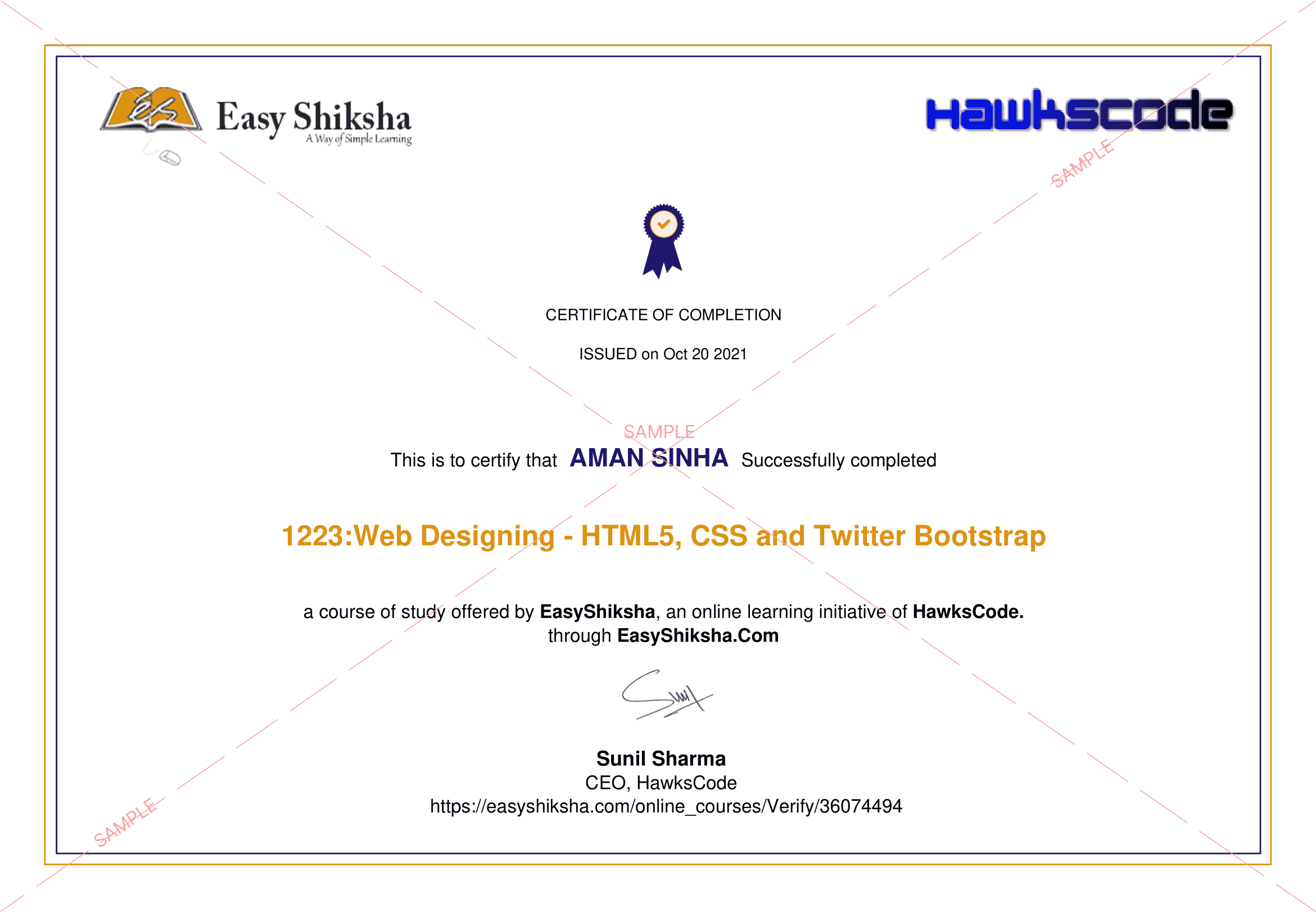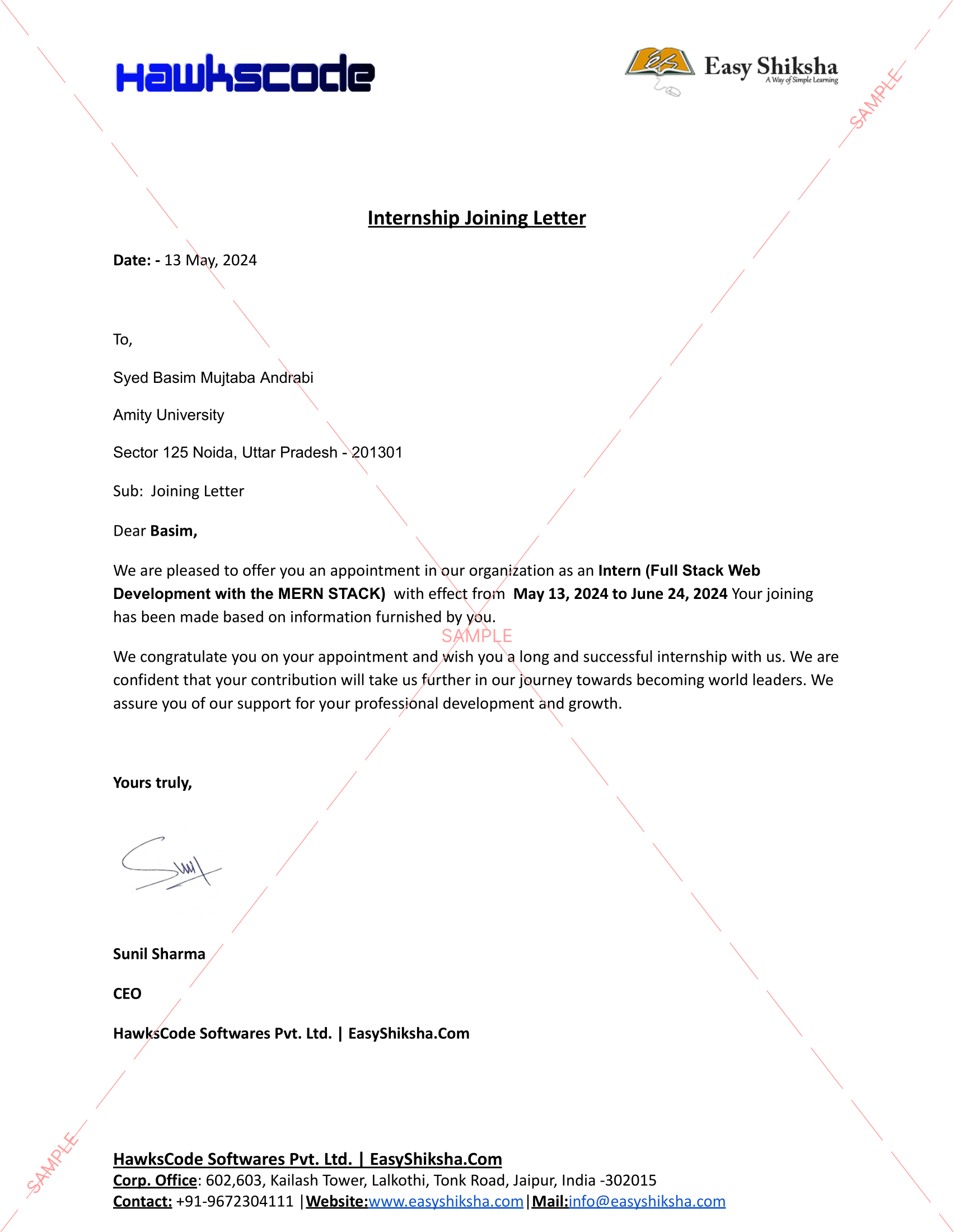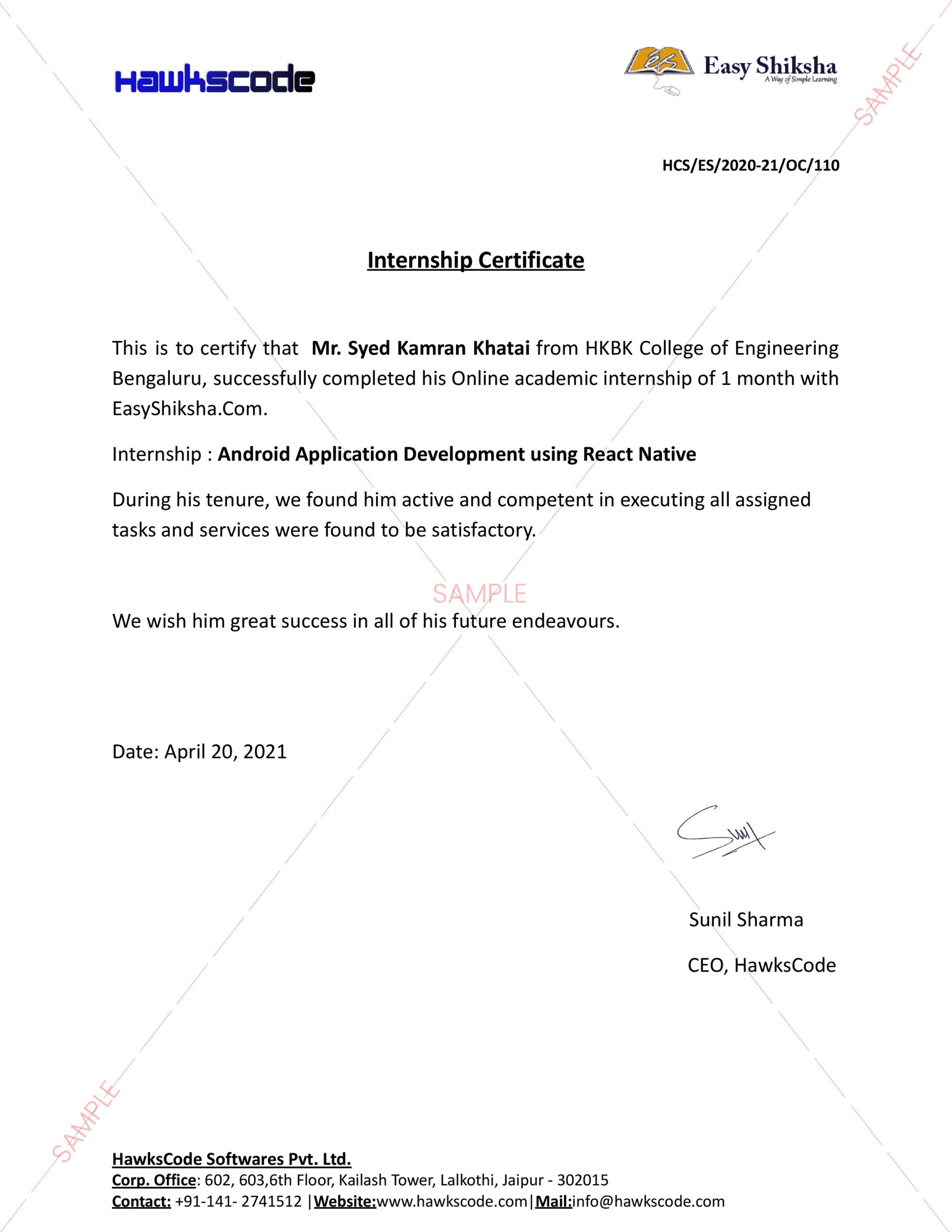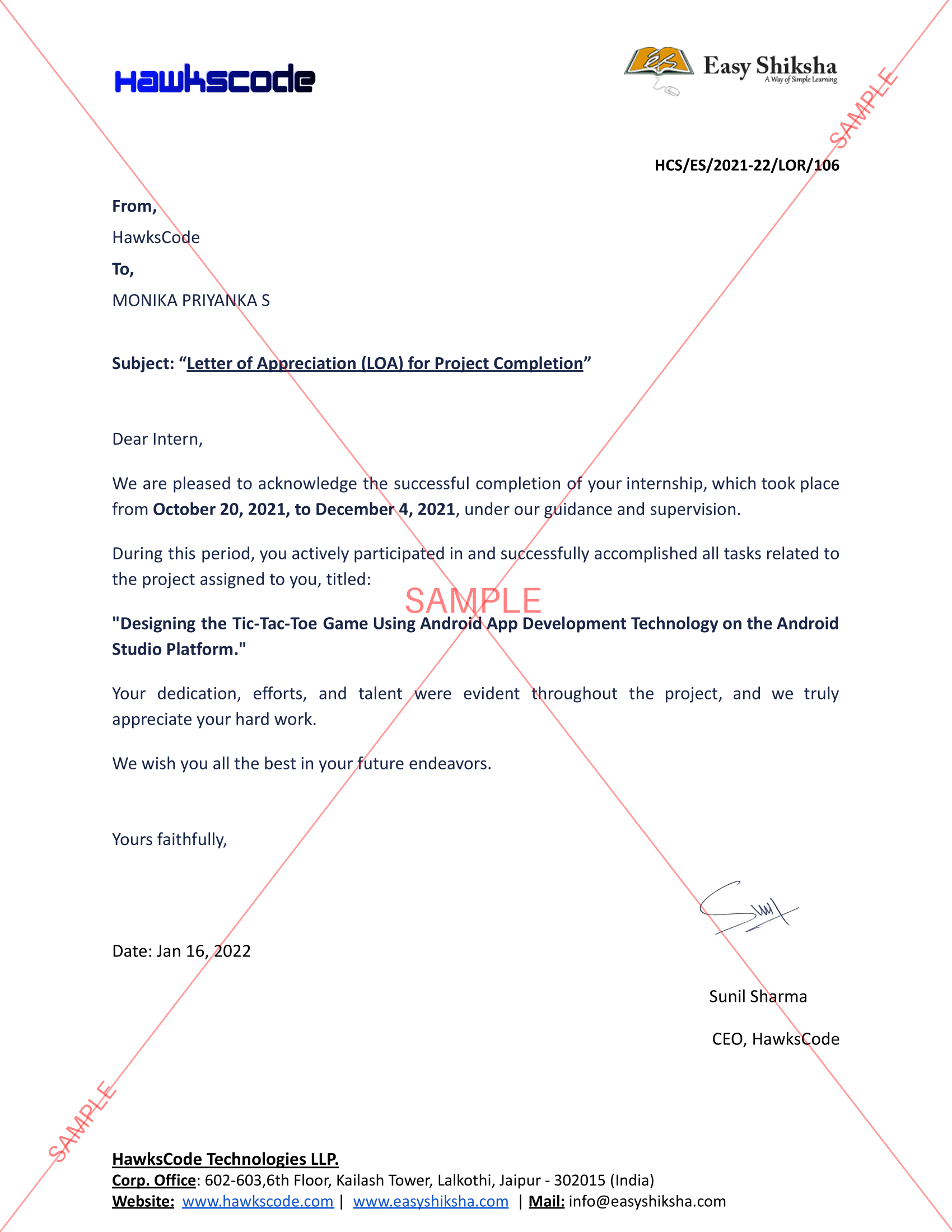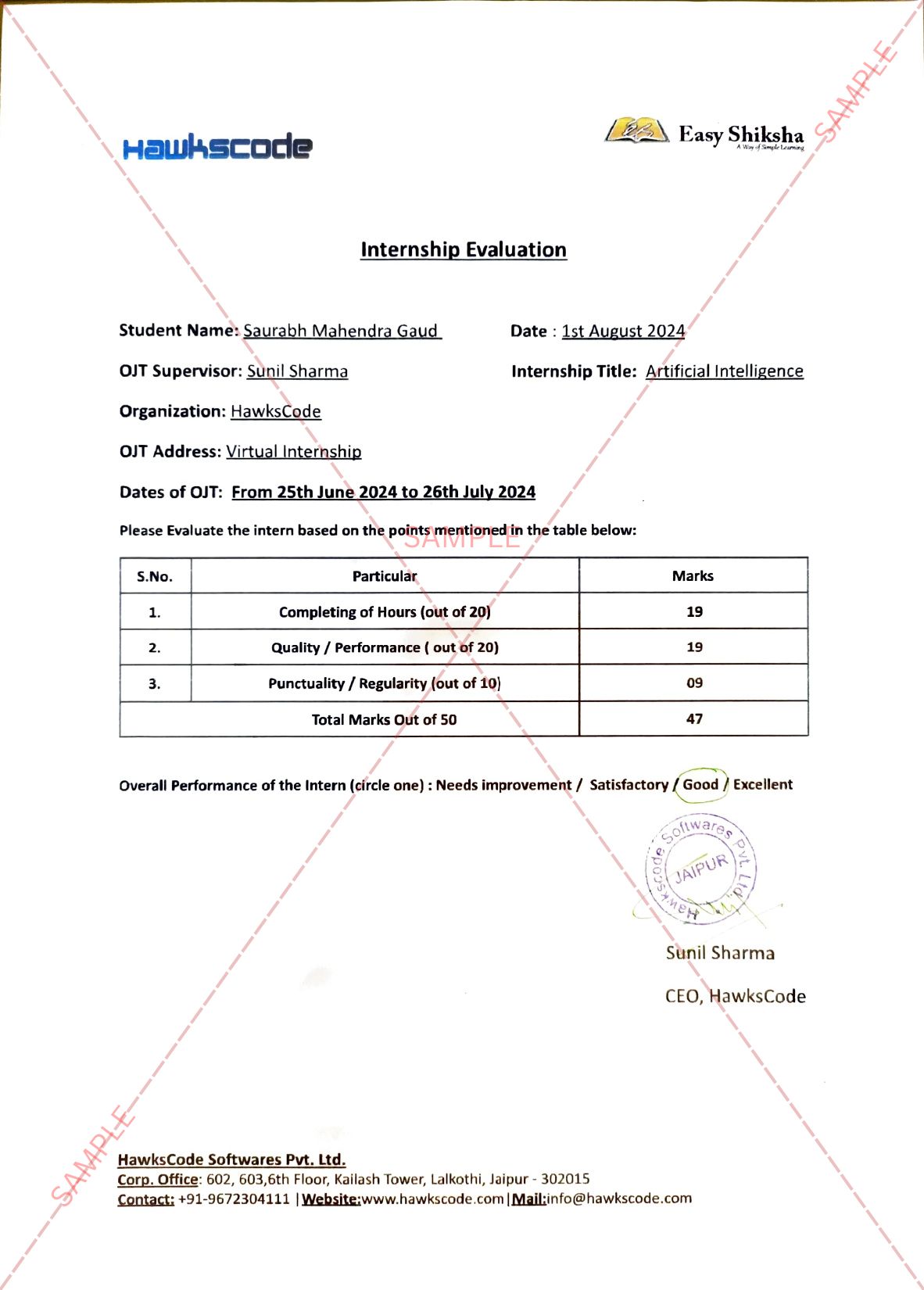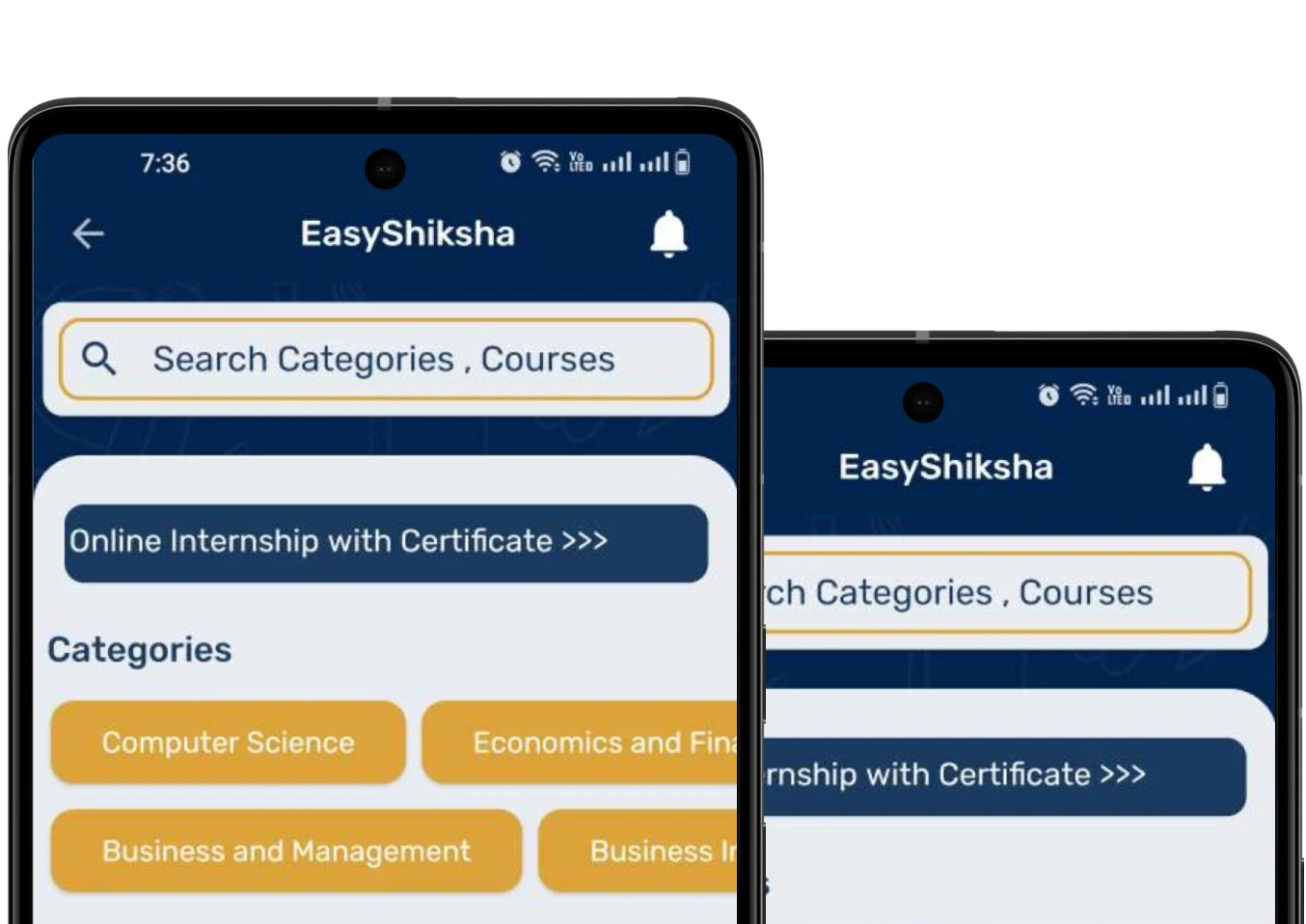By Professor Aanchal Singh, Assistant Professor of Finance, Jaipuria School of Business, Ghaziabad
Digital learning environments have become increasingly popular in recent years. From online courses to virtual classrooms, technology has revolutionized the way we learn and teach. However, alongside this shift towards digital learning, it is important to ensure that the needs and experiences of learners remain at the center of the learning process. This is where a human-centered approach comes in.
Taking a human-centered approach in a digital learning environment means putting the needs and experiences of learners first. It involves designing learning experiences that are tailored to the individual needs of learners, taking into account their goals, motivations, and preferences.
One of the key benefits of a human-centered approach is that it can improve engagement and motivation. When learners feel that their needs and interests are being prioritized, they are more likely to be invested in the learning process. This can lead to increased participation, better retention of information, and improved learning outcomes. According to Prof. (Dr.) Prakash Singh, Professor IIM Lucknow:
“One of the sectors which got widely impacted during the COVID crisis was the Education Industry. Although, there were both good and bad impacts on the industry but one of the most widely debated topic was about the “compromise on the learning” part of the student, given the fact that “face to face” class room teaching was largely replaced by online sessions.”
As per him since the advent of covid education digital learning has become an integral part. It provides a flexible and personalized learning experience that caters to the needs of individual students. Business education, like the discipline of Medicine is more case driven and requires active participation from students to hone and better explain the concepts and theory.
In this context, helps to address the diverse needs of learners. Everyone has different learning styles, preferences, and needs, and a human-centered approach recognizes and accommodates these differences. By offering a variety of learning resources and activities, learners are able to engage with the material in a way that works best for them.

So, how can you take a human-centered approach in a digital learning environment? Here are some tips:
Get to know your learners: Before designing any learning experiences, take the time to understand who your learners are. What are their goals? What motivates them? What challenges do they face? This information can help you design learning experiences that are relevant and engaging for them.
Offer a variety of resources: Different learners will engage with material in different ways. Some may prefer reading text, while others may prefer watching videos or listening to audio. By offering a variety of resources, learners can engage with the material in a way that works best for them.
Provide opportunities for feedback: Learners should have the opportunity to provide feedback on their learning experiences. This can help to identify areas where improvements can be made and ensure that their needs are being met.
ALSO READ: Business education that promotes ethical leadership, eco-sustainability, and humane business
Encourage collaboration and discussion: Learning is not just about absorbing information, but also about engaging in dialogue and discussion. Encourage learners to collaborate with each other and engage in discussions about the material.
Continuously improve: The needs and preferences of learners may change over time. It is important to continuously evaluate and improve your learning experiences to ensure that they remain relevant and engaging.
Despite the inclusion of digital learning experiences in the field of education there are many hindrances. For instance, there is a lack of human touch in world of digital learning. There is an inherent need to bring back the emotions and passion of a good teacher. As per Prof. Singh “Academicians also need to understand that students are also not very comfortable with a completely online mode and therefore we need to modify our teaching pedagogy to engage the students more.”
He believes that more effort is required on the part of the faculty members in term of delivering a lecture. Bringing in the human touch is more important than just delivering the content.
In conclusion, taking a human-centered approach in a digital learning environment is essential for ensuring that learners remain at the center of the learning process. By designing learning experiences that are tailored to the needs and preferences of learners, we can improve engagement, motivation, and learning outcomes. So, next time you design a digital learning experience, remember to keep your learners in mind and take a human-centered approach.
This year educate yourself and develop your career with EasyShiksha
